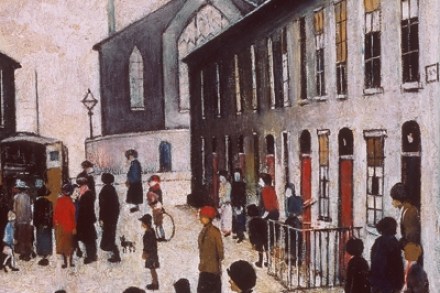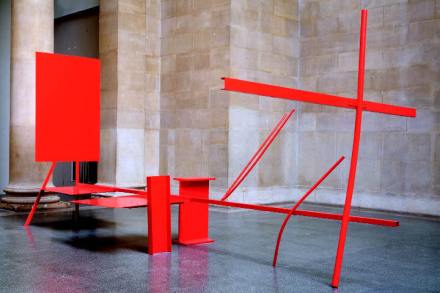Modernist Marxists skew the Lowry exhibition
There has been much positive comment about the rehang of the Tate’s permanent collection, which sees a welcome return to the great tradition of the chronological hang and thus gives the visitor a chance to see the development of British art from 1545 to today. At last we are permitted a rest from themed displays and given a proper educational arrangement that maps out our artistic heritage — at least in part. (Most of the larger movements are covered.) This is not a conservative stratagem: there is still plenty of room for discussion and controversy in the various inclusions and omissions (particularly noticeable when we reach the 20th century). But






